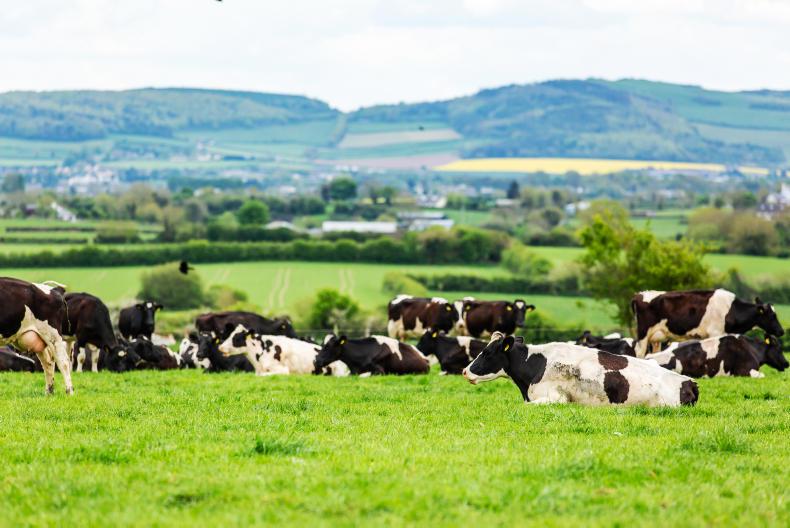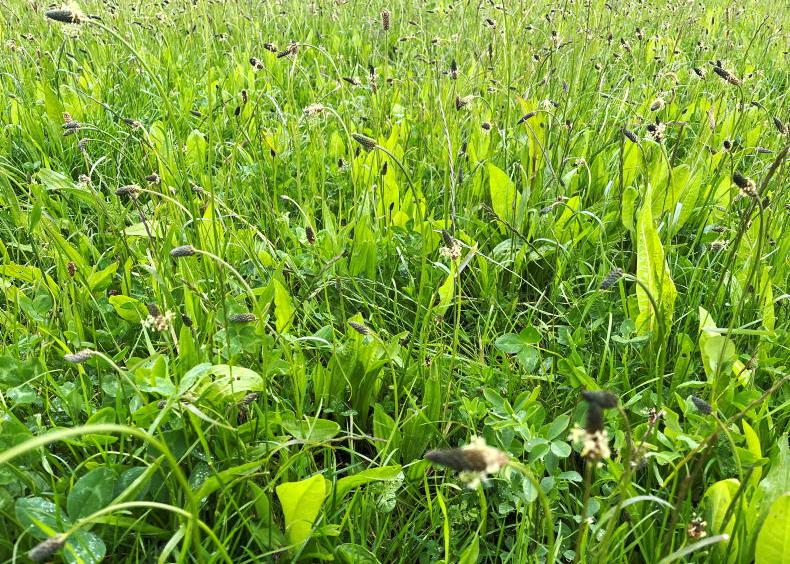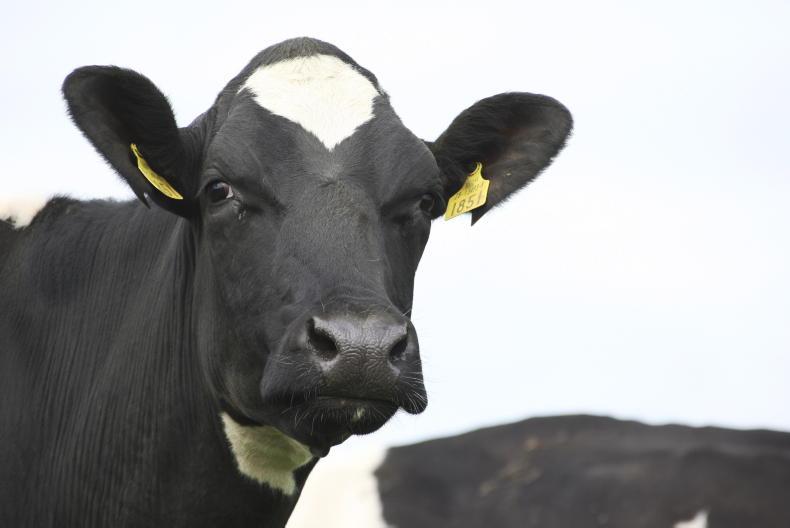A retirement scheme for dairy farmers that includes a rule which sees land effectively removed from grazing breeding animals if taking part in the scheme received the green light in principle from stakeholders at a meeting of the Food Vision Dairy Group on Monday.
The group met to discuss the 17 recommendations in the draft report from the group, which also included an environmental limit on methane emissions and a 35% cut in nitrogen use.
Indications from within the group suggest that the 35% cut would be reduced and that a trading system for biogenic methane (methane from livestock), could be established.
“While cow numbers and milk volume constraints have been rejected as options by group stakeholders, the cap and trade model was acknowledged as the least-worst option, should restrictions be needed, and that it merited further consideration,” according to the report.
The recommendations are split into three timeframes, all set around the carbon budget periods. Short-term actions are recommended to be carried out between 2022 and 2025.
Actions here included exploring the possibility of monitoring carbon production at individual farm level, with a view to future carbon farming options and achieving an 80% replacement rate of CAN with protected urea by the end of 2025 for grass-based dairy production systems.
The 100% adoption of slurry additives by the end of 2025, and a common policy on milk intake from new entrants, which would see a cap on cow numbers for new entrants, were also recommended.
Furthermore, the report proposes a 100% adoption of low emission slurry spreading (LESS) by the end of 2025 for dairy farmers and 100% adoption of clover and multi-species swards by dairy farmers by the end of 2025. It also recommended that all dairy farmers take up milk recording by the end of 2025. Medium-term actions are recommended for 2026 to 2030. The retirement or exit scheme is included in this set of actions, along with developing methane-mitigating feed technologies.
There are two long-term actions in the draft document. These are the development of breeding strategies and the development of “energy diversification opportunities”. The group meets again on 25 April.










SHARING OPTIONS